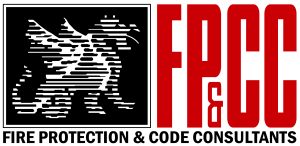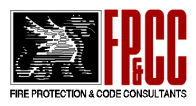In the event of a fire emergency, having a well-designed and practiced evacuation plan can mean the difference between safety and catastrophe for your business. While many companies understand the importance of fire safety measures, developing a comprehensive evacuation strategy is often overlooked or given less priority. However, a robust fire evacuation plan is a critical component of overall emergency preparedness and should be a top priority for every organization.
A fire evacuation plan serves as a roadmap for employees, visitors, and first responders, outlining the necessary steps to follow in case of a fire. It not only ensures a swift and organized exit from the premises but also helps mitigate potential injuries, loss of life, and property damage. Here are some key elements to consider when developing a robust fire evacuation plan:
- Conduct a Thorough Risk Assessment Begin by identifying potential fire hazards and risks within your facility. This includes assessing the building’s layout, occupancy levels, and the presence of flammable materials or hazardous substances. Understanding these risks will help you develop evacuation procedures tailored to your specific needs.
- Designate Evacuation Routes and Assembly Areas Clearly mark and communicate evacuation routes, including primary and secondary exits. Ensure that these routes are free from obstructions and easily accessible. Additionally, establish designated assembly areas at a safe distance from the building where employees and visitors can gather and be accounted for.
- Assign Roles and Responsibilities Identify and train individuals to serve as fire wardens or floor marshals, responsible for leading and assisting with the evacuation process. These individuals should be familiar with the evacuation plan and equipped to provide guidance during emergencies.
- Incorporate Accessibility Considerations Account for the needs of individuals with disabilities or mobility challenges by establishing procedures for safe evacuation, such as designated areas of refuge or specialized evacuation equipment. Ensure that evacuation routes and assembly areas are accessible to all.
- Establish Communication Protocols Develop clear communication channels to disseminate evacuation instructions and updates during an emergency. This may include using public address systems, emergency notification apps, or other methods to ensure that everyone receives timely and accurate information.
- Conduct Regular Drills and Training Regular fire drills and evacuation exercises are crucial for familiarizing employees with the plan and identifying potential areas for improvement. Provide comprehensive training to ensure that everyone understands their roles and responsibilities during an evacuation.
- Review and Update the Plan Regularly As your business evolves, or changes occur within your facility, review and update your evacuation plan accordingly. Incorporate feedback from drills and exercises, as well as any lessons learned from actual emergencies, to continuously improve the plan’s effectiveness.
By developing and implementing a robust fire evacuation plan, you not only demonstrate your commitment to the safety of your employees and visitors but also comply with legal requirements and industry best practices. Remember, emergency preparedness is an ongoing process, and regular review, training, and updates are essential for ensuring the plan’s success in the event of a real emergency.





